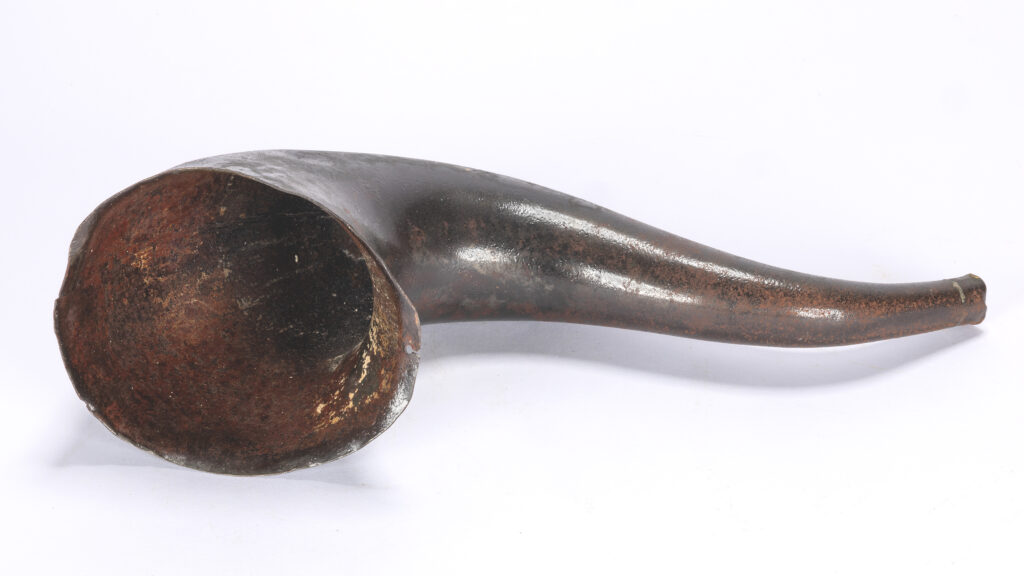
A musical instrument? Some sort of animal horn? Not quite! You might be surprised to learn that this is actually a historical hearing aid. Known as an ‘ear trumpet,’ these devices were used to help people hear better. By holding the narrow end close to the ear, the wider end would collect and funnel sound […]
Read More…
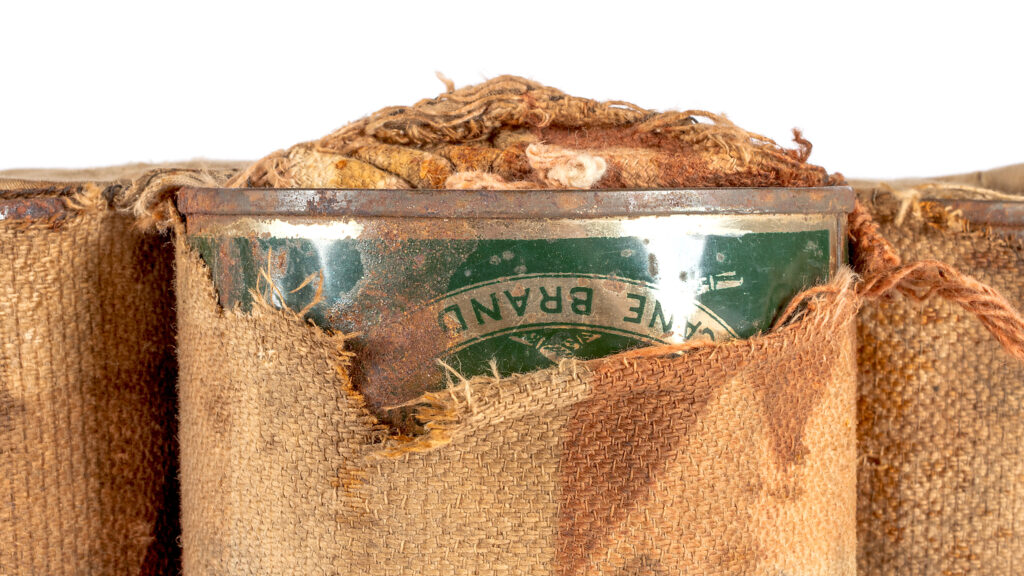
In late 1929, stock markets crashed and the world fell into the Great Depression. By 1932, one in three Australian breadwinners were unemployed. Families queued at soup kitchens or relied on government payments that allowed them to buy only the bare minimum of food. For many poor families, the staple meal was bread and ‘dripping’ […]
Read More…
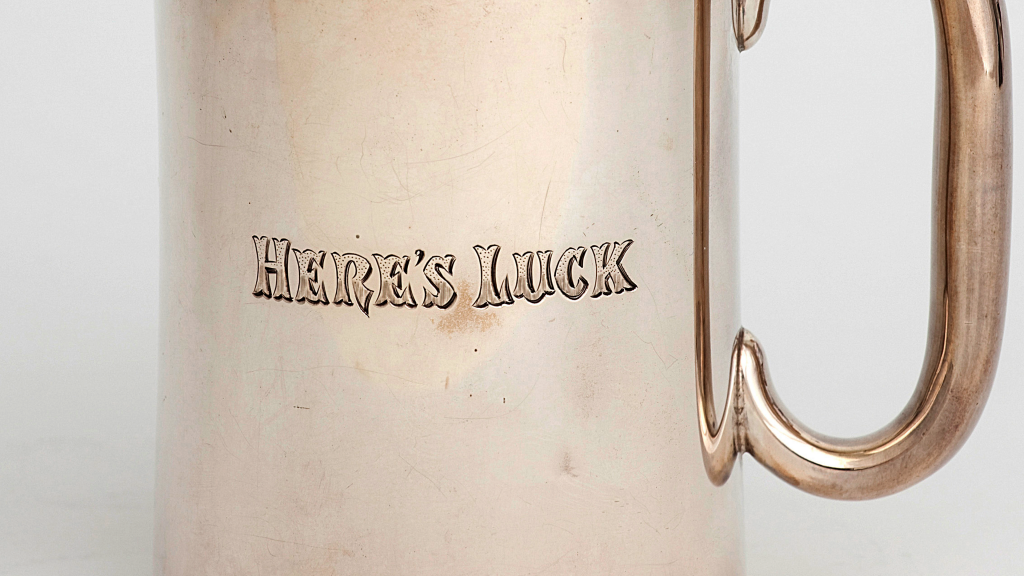
Before the 1850s, Australian silverware was incredibly scarce. The nature of settlement, including a low population and lack of materials, meant silversmithing was an extravagance. That is, until the discovery of silver, especially in Broken Hill, made it possible for a few talented craftsmen to become prolific manufacturers. Joachim Wendt (1830-1917) was one of the […]
Read More…
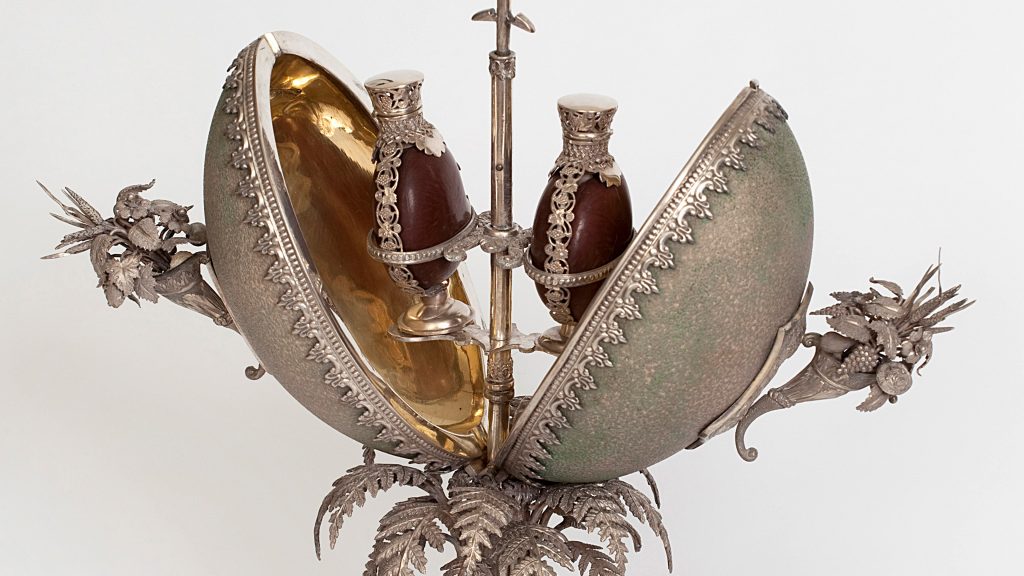
The mid-nineteenth century gold rush brought smiths and jewellers to Australia intent on reaping the benefits of a newly prosperous Australia. In 1858, Henry Steiner (1834-1914), a German silversmith, immigrated to Adelaide, South Australia, for that very reason. Now known as one of Australia’s most prolific silversmiths, much of his success was made possible by […]
Read More…
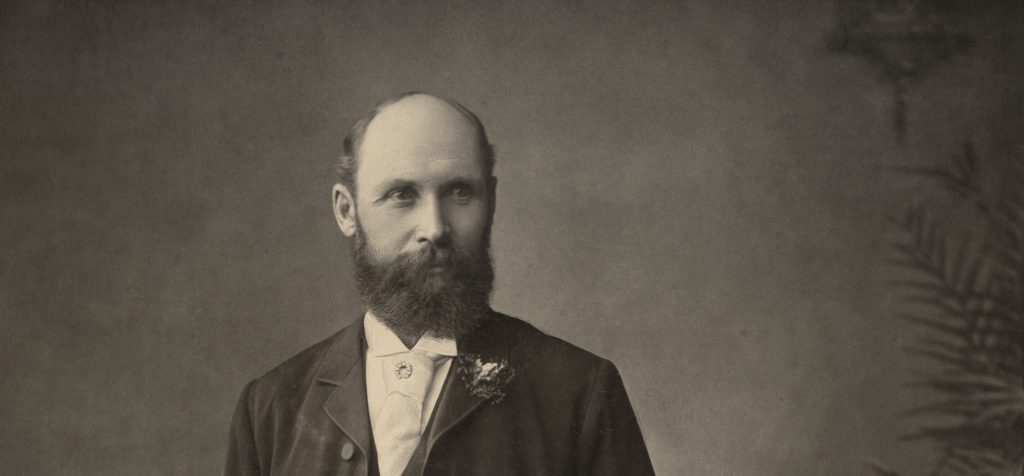
Measuring a little over one metre tall this photographic portrait is of Charles Rasp (1846-1907), the man credited with finding silver at Broken Hill and establishing the now British-owned mining company BHP (Broken Hill Proprietary Company) in 1885. For decades the settler population at Broken Hill has celebrated Rasp as the city’s ‘founding father’, including […]
Read More…
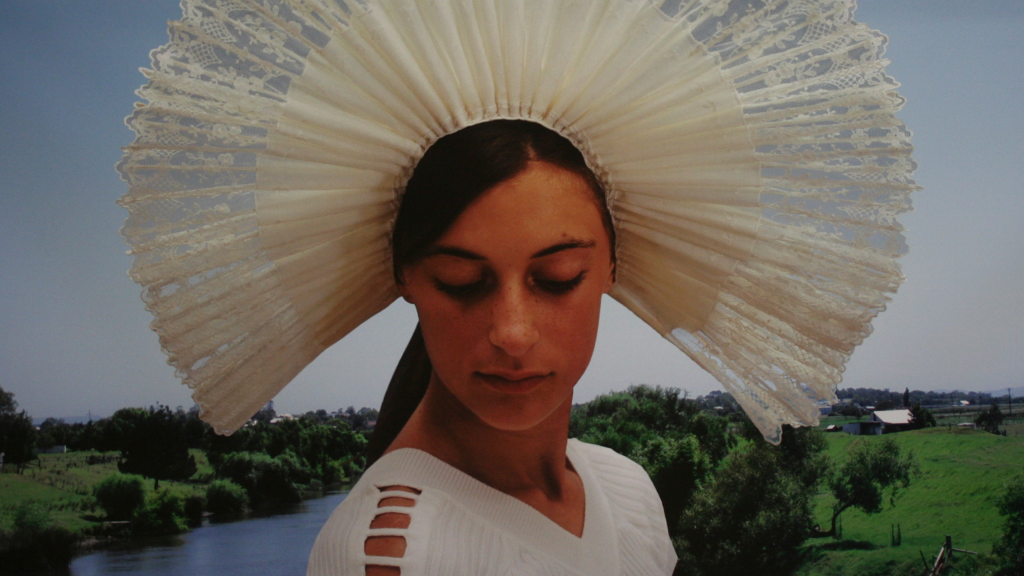
It was in 1995, during an artist’s residency at Hyde Park Barracks, that Anne Ferran (1949-) began to make art about Australia’s past: ‘You can live in a country all your life and feels like nothing happened before you got here.’ From this emerged a practice of unearthing forgotten or unspoken history and using it […]
Read More…
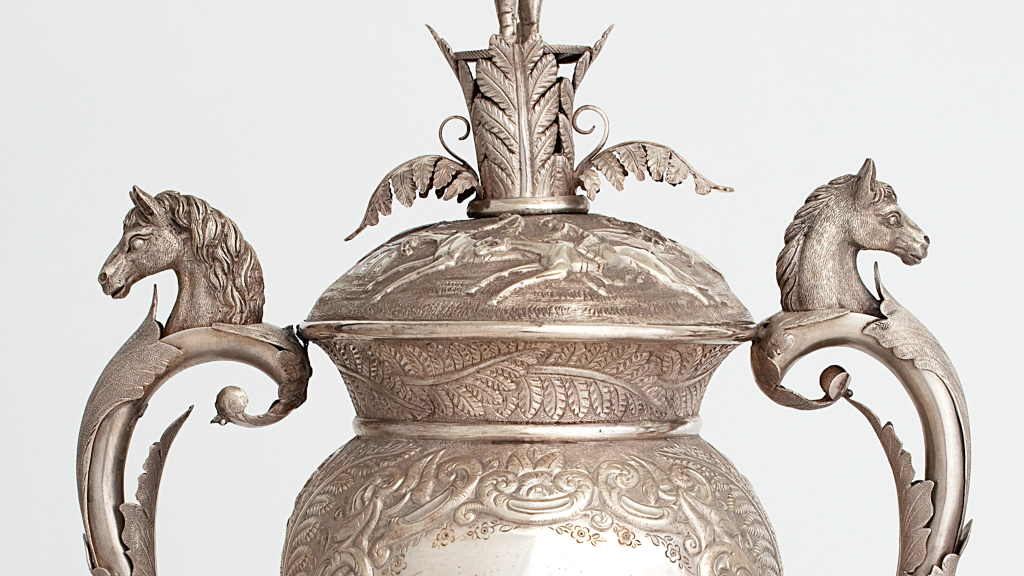
The jockey atop this impressive silver racing trophy has lost his more than his whip; he has lost his place in history. It’s not known who won this cup, or indeed, if it was ever presented as a trophy. The cartouche (ornate frame), which would customarily be engraved with the name, date and place of […]
Read More…
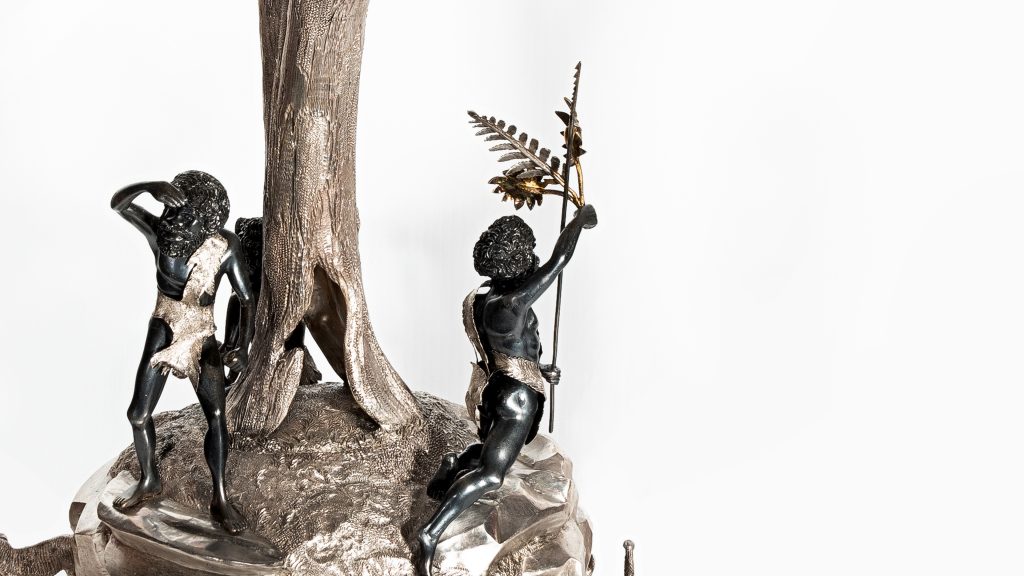
Designed by renowned colonial silversmith Henry Steiner (1835-1914), The Silver Tree epergne stands at more than half a metre high, features twenty figures on its base and has an illustrious history. It got tongues wagging at the Melbourne International Exhibition of 1880–81 and cemented Steiner’s place in Australian design history. Possibly lured by the gold […]
Read More…
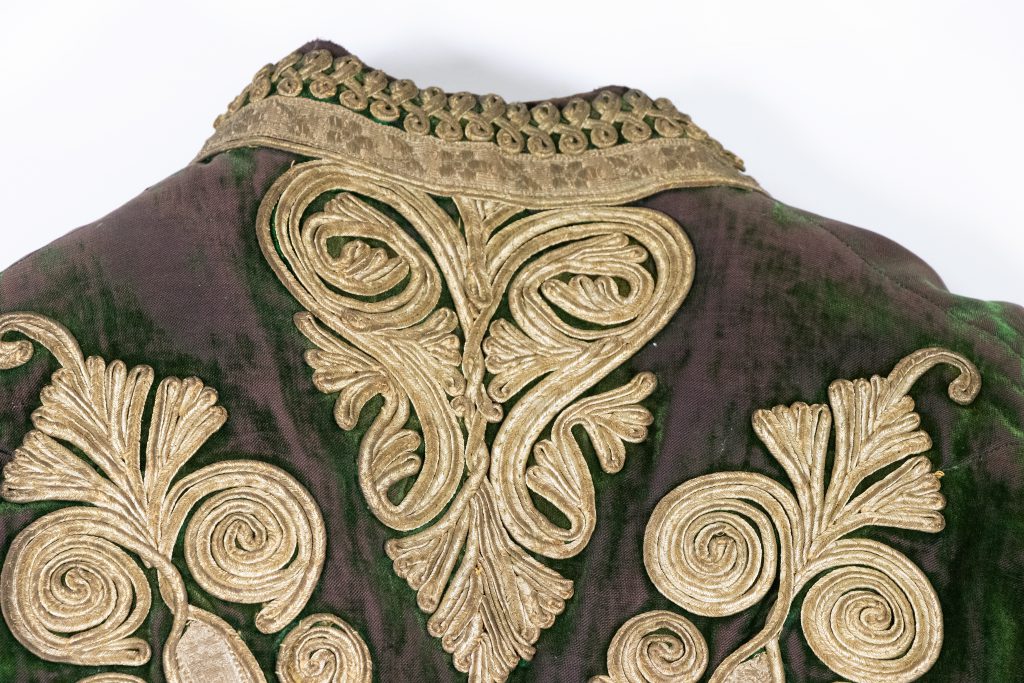
Shamroze Khan was born in 1877 in the Punjabi town of Peshawar, in what was then British-ruled India. In 1905 he moved to Broken Hill where he first worked as a cameleer carting freight to stations in the West Darling area with Zaidullah Fazullah, a fellow Punjabi from Ghorghushti. His new life in Australia presented […]
Read More…











